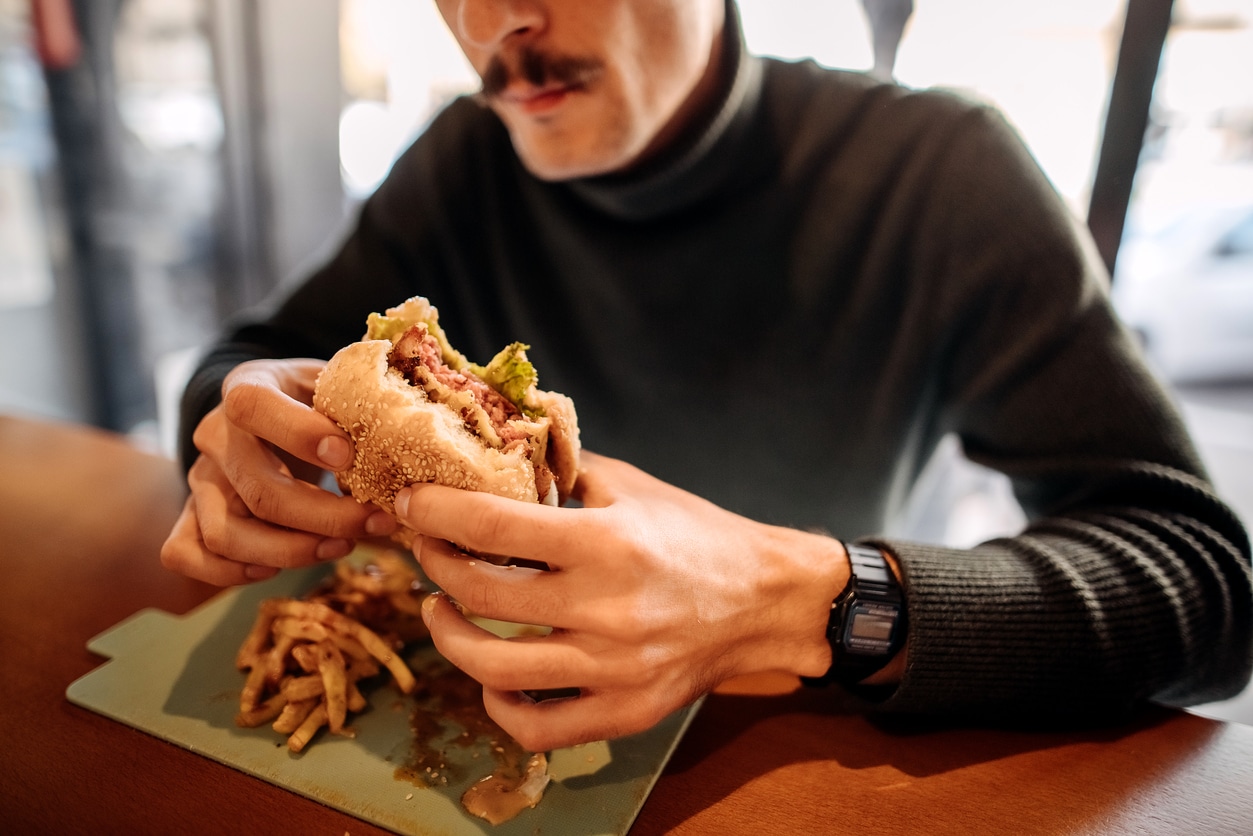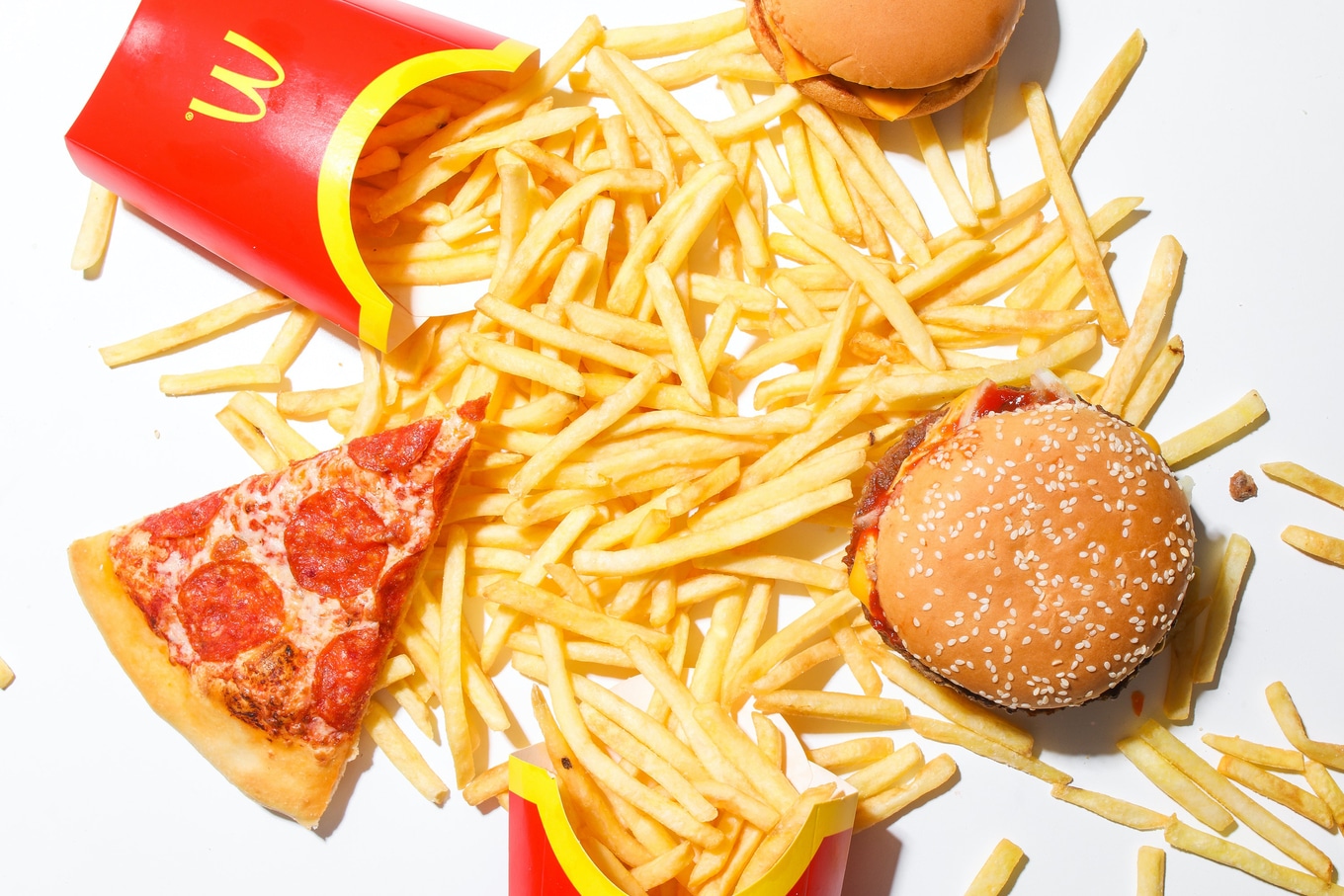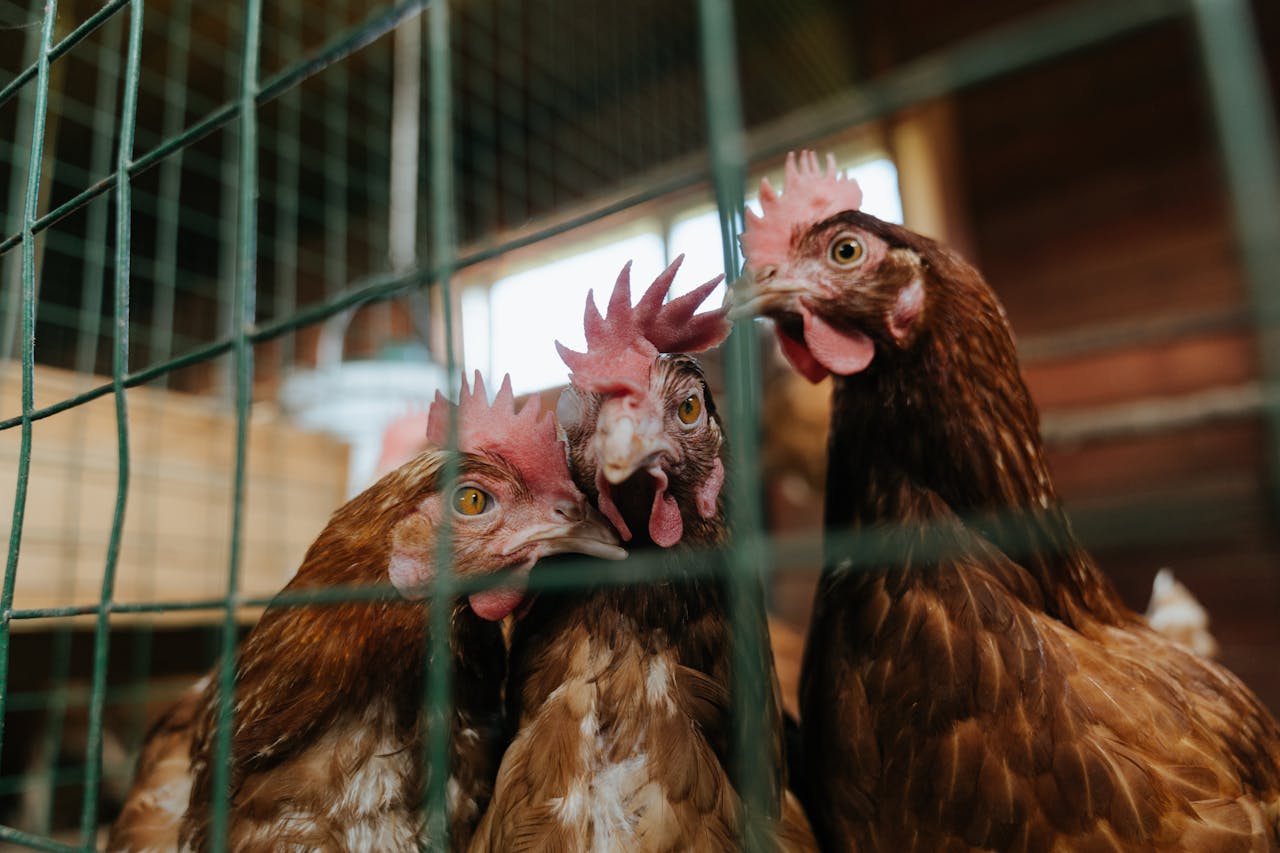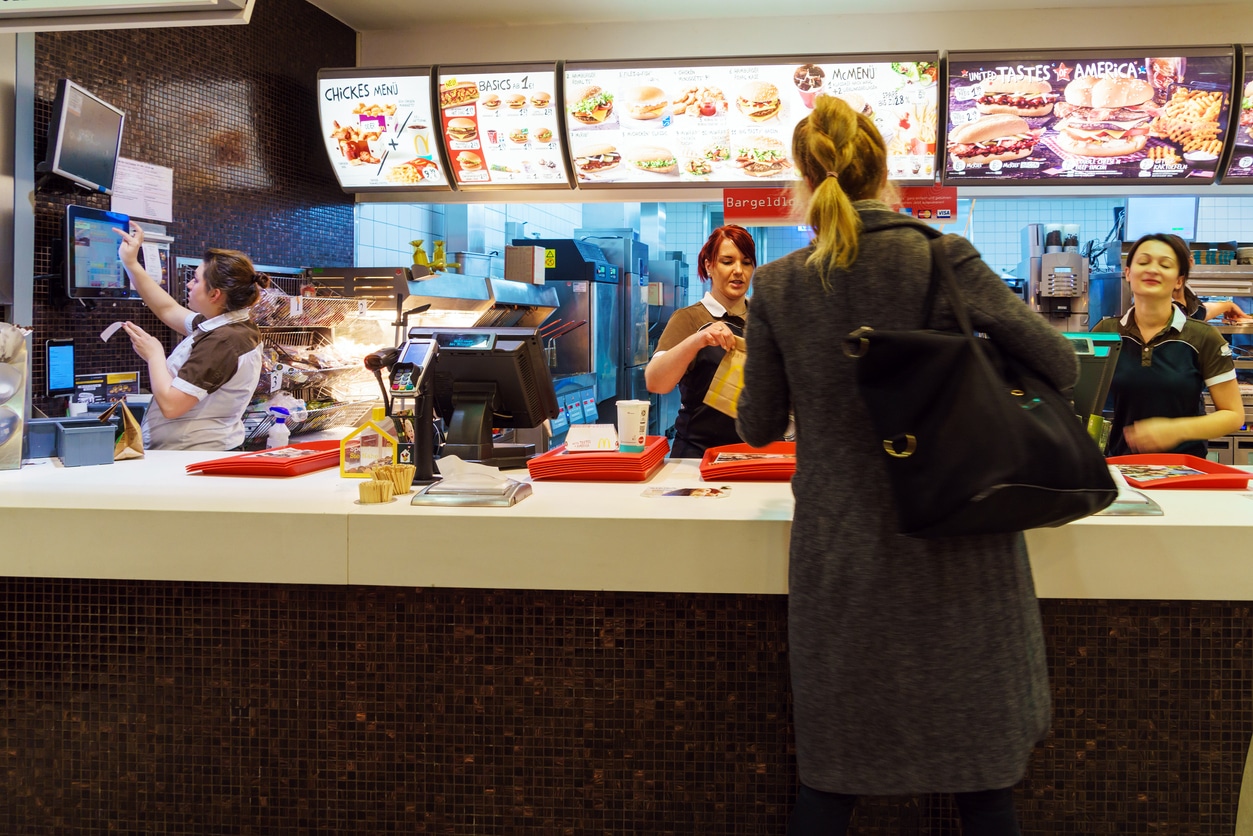From McDonald’s onions to hamburgers, foodborne illnesses can lurk in everyday meals, affecting millions of Americans annually. A recent report highlights the 10 US states most at risk, and Florida and California lead the list.
The research, conducted by ABM Equipment, aimed to identify which states have the most dangerous food. To determine their findings, researchers gathered information on fast-food chains as well foodborne illness reports, data on Salmonella rates, and information on food insecurity and obesity.
 Getty
Getty
According to a spokesperson for the company, which specializes in industrial equipment, ABM’s study unveiled a “sad reality” about “food safety” in many US states. “Florida and California serve massive populations without proper safety systems in place while dealing with many foodborne illness outbreaks,” the spokesperson added.
Here, we unpack why foodborne illnesses are becoming more common, including the major role of the meat, dairy, and fast-food industries in making the food supply more dangerous for millions of people.
Where do foodborne illnesses come from?
Foodborne illnesses, like Salmonella and E.Coli, are becoming more common in the US. According to research published in 2023, there are around 48 million cases every single year (which is the equivalent of around one in six Americans). Most cases are mild, but some result in hospitalizations, and, in rare cases, death. This is because E.Coli, for example, can lead to complications like hemolytic uremic syndrome, which for some individuals (particularly the very young and the very old) can lead to fatal kidney failure.
 Pexels
Pexels
There are many reasons why such foodborne illnesses are becoming more common. One of the key problems put forward by the ABM study is a lack of specialized safety programs, for example, which include proper training for food handlers. These programs are essential in preventing the spread of pathogens, ensuring proper hygiene practices, and maintaining safe food handling procedures.
The improper handling and storage of food can pose a major health risk. Leaving food at room temperature for too long, for example, can increase the risk of harmful bacteria, as can poor sanitation and undercooking. Chicken, in particular, should always be cooked all the way through to reduce the risk of contracting a foodborne illness, like Salmonella.
 Pexels
Pexels
According to ABM Equipment, Florida is the worst state in the US for a lack of specialized food safety programs. Its Salmonella rate also currently stands at around 27 per 100,000 people.
However appropriate food safety education isn’t the only factor that contributes to foodborne illnesses. Environmental problems, like agricultural runoff from the meat and dairy industries, weren’t mentioned by ABM, but they are also significant in the spread of foodborne illnesses.
Agricultural runoff is the water that overflows from agriculture into waterways, like rivers and lakes. It can be contaminated with manure from farmed animals, which can also contain harmful bacteria, like Salmonella and E.coli. This bacteria can then make its way back into the food system when farmed animals consume the contaminated water, either through crops or drinking water. It can also be used to irrigate crops that are commonly consumed raw, like leafy salad greens, for example.
 Pexels
Pexels
BECOME A VEGNEWS VIP: Get exclusive product deals, freebies, and perks galore!
California’s Central Valley is home to thousands of dairy farms, poultry farms, and cattle ranches, which are known to contaminate nearby water sources with everything from manure to antibiotics. And severe weather events, which are becoming more common due to the climate crisis, are making the situation worse. For example, research suggests that after the Woolsey Fire in Southern California in 2018, coastal waters contained 10 times more fecal bacteria than in the previous 12 months before the fire.
Fast food: a high-risk culprit
One key factor that ABM Equipment did consider in its report is the fast-food industry. For example, it noted that California came in second place on the dangerous food list because it is home to more than 30,000 fast-food establishments.
Fast-food restaurants often deal with large volumes of food and customers, which increases the chances of improper food handling and makes them more vulnerable to outbreaks of bacteria. They also tend to sell high amounts of ground meat (in hamburgers, for example), which is a high-risk food for bacteria. This is for a few reasons, but one of the key reasons is that, when meat is ground, bacteria from it can spread and contaminate other foods and surfaces.
 Getty
Getty
“Bacteria in raw meat juices can contaminate foods that have been cooked safely or raw foods that won’t be cooked, such as salad ingredients,” explains the US Department of Agriculture. “Bacteria also can be present on equipment, hands and even in the air.”
Salad, in fact, is actually one of the most high-risk products available from fast-food chains. And this is likely because, unlike meat, it is often served raw. This means that any bacteria that remain on the produce (which, in many cases, has come from agricultural runoff) isn’t killed during the food preparation process.
Just recently, McDonald’s faced a major E.Coli outbreak in 14 states due to onions served in its quarter-pound burgers. But the fast-food giant isn’t alone. According to one report from the food poisoning-focused website Iwaspoisoned.com, while McDonald’s is the fast-food chain most associated with reported food poisonings, it’s closely followed by Chipotle, Taco Bell, and Chick-fil-a.
 Getty
Getty
The ABM Equipment report also highlighted that California faces challenges like high rates of food insecurity and obesity, which are linked to systemic inequities in access to safe, nutritious food. These issues are not unique to California—states like Michigan and New York, which came in third and fifth place for most dangerous food, respectively, also struggle with similar vulnerabilities, noted the report.
“What’s particularly worrying is how common factors like high fast-food density, widespread obesity, and lack of safety programs create dangerous conditions for millions of Americans,” noted AMB Equipment’s spokesperson. “The fact that smaller states like Michigan show such high risks tells us this isn’t just about population size—it’s about fundamental gaps in how we protect people’s health when it comes to food safety.”
Reducing your risk
The issue of food safety is complex, and systemic changes are essential to improve food safety. But there are a few steps we can all take to try and reduce the risk. Proper sanitation, washing your food, and heating food thoroughly is important, for example. Reducing fast-food consumption can also reduce the risk of foodborne illness, and so can increasing intake of plant-based foods.
 Pexels
Pexels
Animal products like meat, poultry, seafood, and dairy are common sources of pathogens such as Salmonella, E. coli, and Listeria. However, grains, legumes, fruits, and vegetables are less likely to harbor these pathogens, especially when cooked. Keeping produce away from raw meat also reduces the risk of spreading bacteria in kitchens, as it can contaminate other foods.
For more plant-based stories like this, read:
JUMP TO ... Latest News | Recipes | Guides | Health | Subscribe









